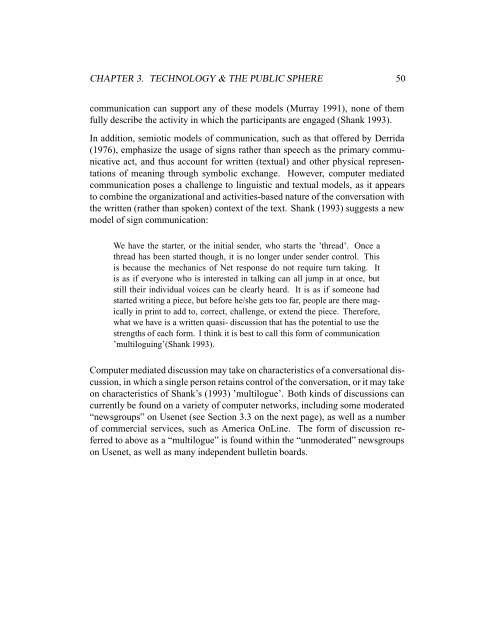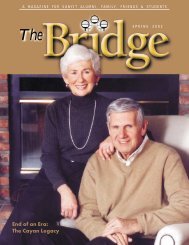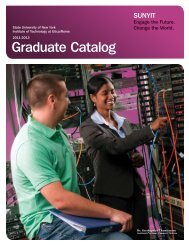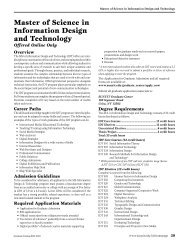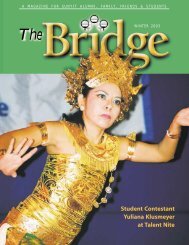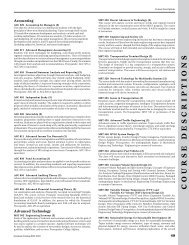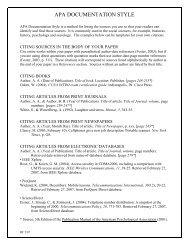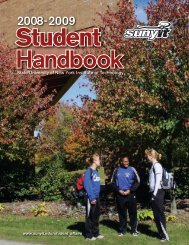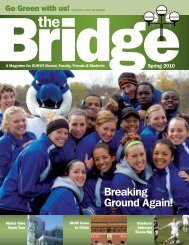Expanding the Public Sphere through Computer ... - ResearchGate
Expanding the Public Sphere through Computer ... - ResearchGate
Expanding the Public Sphere through Computer ... - ResearchGate
Create successful ePaper yourself
Turn your PDF publications into a flip-book with our unique Google optimized e-Paper software.
CHAPTER 3. TECHNOLOGY & THE PUBLIC SPHERE 50<br />
communication can support any of <strong>the</strong>se models (Murray 1991), none of <strong>the</strong>m<br />
fully describe <strong>the</strong> activity in which <strong>the</strong> participants are engaged (Shank 1993).<br />
In addition, semiotic models of communication, such as that offered by Derrida<br />
(1976), emphasize <strong>the</strong> usage of signs ra<strong>the</strong>r than speech as <strong>the</strong> primary communicative<br />
act, and thus account for written (textual) and o<strong>the</strong>r physical representations<br />
of meaning <strong>through</strong> symbolic exchange. However, computer mediated<br />
communication poses a challenge to linguistic and textual models, as it appears<br />
to combine <strong>the</strong> organizational and activities-based nature of <strong>the</strong> conversation with<br />
<strong>the</strong> written (ra<strong>the</strong>r than spoken) context of <strong>the</strong> text. Shank (1993) suggests a new<br />
model of sign communication:<br />
We have <strong>the</strong> starter, or <strong>the</strong> initial sender, who starts <strong>the</strong> ’thread’. Once a<br />
thread has been started though, it is no longer under sender control. This<br />
is because <strong>the</strong> mechanics of Net response do not require turn taking. It<br />
is as if everyone who is interested in talking can all jump in at once, but<br />
still <strong>the</strong>ir individual voices can be clearly heard. It is as if someone had<br />
started writing a piece, but before he/she gets too far, people are <strong>the</strong>re magically<br />
in print to add to, correct, challenge, or extend <strong>the</strong> piece. Therefore,<br />
what we have is a written quasi- discussion that has <strong>the</strong> potential to use <strong>the</strong><br />
strengths of each form. I think it is best to call this form of communication<br />
’multiloguing’(Shank 1993).<br />
<strong>Computer</strong> mediated discussion may take on characteristics of a conversational discussion,<br />
in which a single person retains control of <strong>the</strong> conversation, or it may take<br />
on characteristics of Shank’s (1993) ’multilogue’. Both kinds of discussions can<br />
currently be found on a variety of computer networks, including some moderated<br />
“newsgroups” on Usenet (see Section 3.3 on <strong>the</strong> next page), as well as a number<br />
of commercial services, such as America OnLine. The form of discussion referred<br />
to above as a “multilogue” is found within <strong>the</strong> “unmoderated” newsgroups<br />
on Usenet, as well as many independent bulletin boards.


